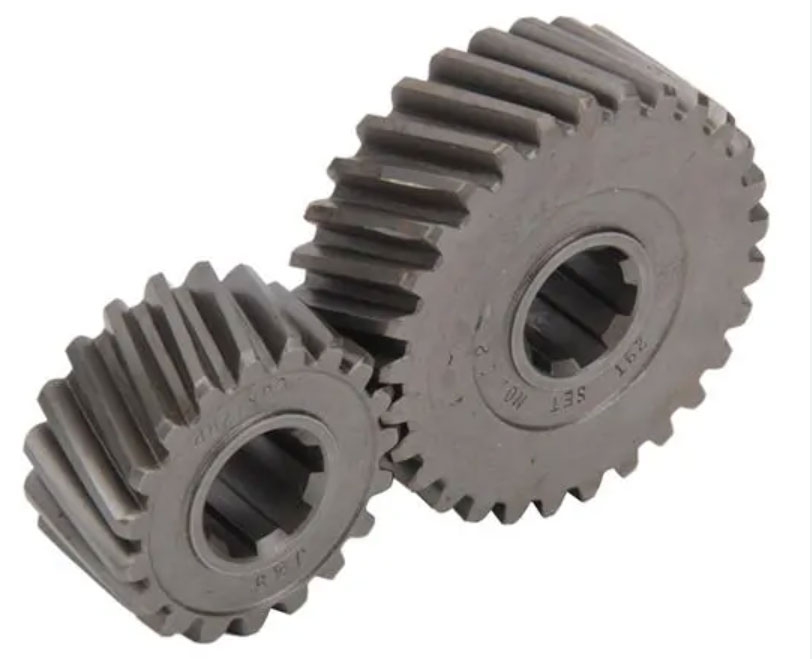
Helical gears offer several advantages and disadvantages, and a comprehensive analysis of these factors is crucial for selecting the appropriate gear type for a given application. Let’s examine the advantages and disadvantages of helical gears:
Advantages of Helical Gears:
- Smooth and Quiet Operation: Helical gears provide smooth and quiet operation due to their gradual tooth engagement. The helical tooth design reduces impact forces and noise, making them suitable for applications where noise reduction is desired, such as in automotive transmissions or machinery in noise-sensitive environments.
- High Load-Carrying Capacity: Helical gears have a larger contact area between teeth compared to spur gears, resulting in enhanced load distribution. This enables helical gears to transmit higher loads and handle greater torque, making them suitable for heavy-duty applications.
- Efficient Power Transmission: Helical gears offer high efficiency due to their tooth engagement characteristics. The gradual contact between teeth reduces sliding friction and power losses, resulting in efficient power transmission, especially at higher speeds.
- Versatility in Speed Ratios: Helical gears can achieve a wide range of speed ratios. By adjusting the helix angle and the number of gear teeth, various speed ratios can be achieved to suit specific application requirements.
- Bidirectional Capability: Helical gears allow bidirectional operation, enabling motion in both directions by simply reversing the direction of rotation. This bidirectional capability provides versatility and control in applications where reversible motion is required.
Disadvantages of Helical Gears:
- Axial Thrust: Helical gears generate axial thrust due to the helix angle. This axial force needs to be considered in the system design and mitigated using appropriate measures such as thrust bearings or system constraints. Axial thrust can add complexity to the design and may require additional components.
- Complex Manufacturing and Alignment: The manufacturing process for helical gears is more complex compared to spur gears. The angled tooth profile requires specialized machining or grinding equipment. Additionally, proper alignment of helical gears is crucial for optimal performance, and misalignment can result in increased noise, wear, and reduced efficiency.
- Higher Manufacturing Costs: Due to the complexity of manufacturing and the need for specialized equipment, helical gears tend to be more expensive to produce compared to spur gears. The additional manufacturing steps and precision requirements contribute to higher costs.
- Lower Efficiency at Low Speeds: Helical gears may experience reduced efficiency at low speeds due to sliding friction between teeth. At low rotational speeds, the sliding action can generate more friction and result in slightly lower efficiency compared to spur gears.
- Limited Applications in High-Speed or High-Precision Systems: In some high-speed or high-precision applications, the axial thrust and potential misalignment issues of helical gears may limit their suitability. In such cases, alternative gear types, such as spur gears or bevel gears, may be preferred.
It is important to consider these advantages and disadvantages in the context of specific application requirements. While helical gears offer many benefits in terms of load-carrying capacity, efficiency, and smooth operation, the drawbacks related to axial thrust, manufacturing complexity, and cost should be carefully evaluated to determine the suitability of helical gears for a given application.
